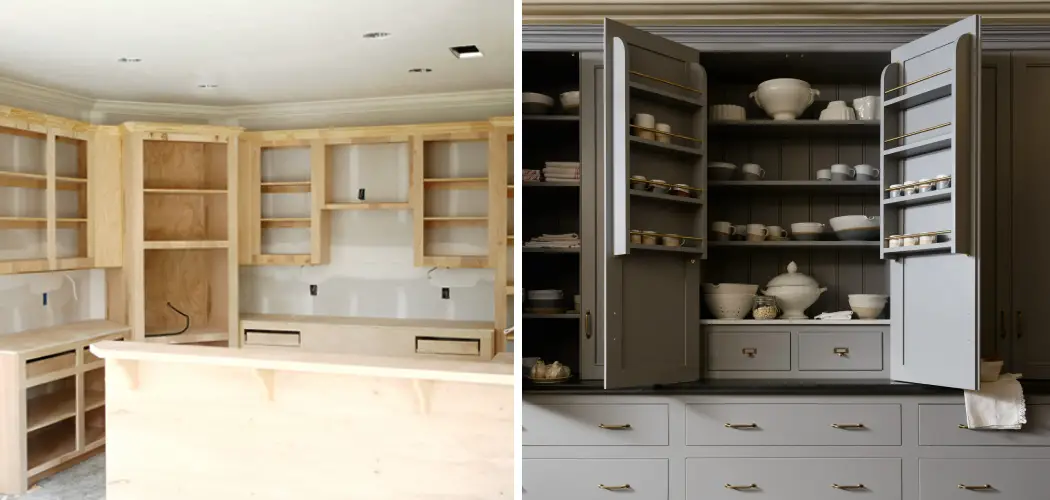Are you in the process of renovating your kitchen, bathroom, or garage? If so, replacing old cabinetry is likely a part of the plan. But before you settle on a new set of cabinets and take out the old ones – what should be done with them?
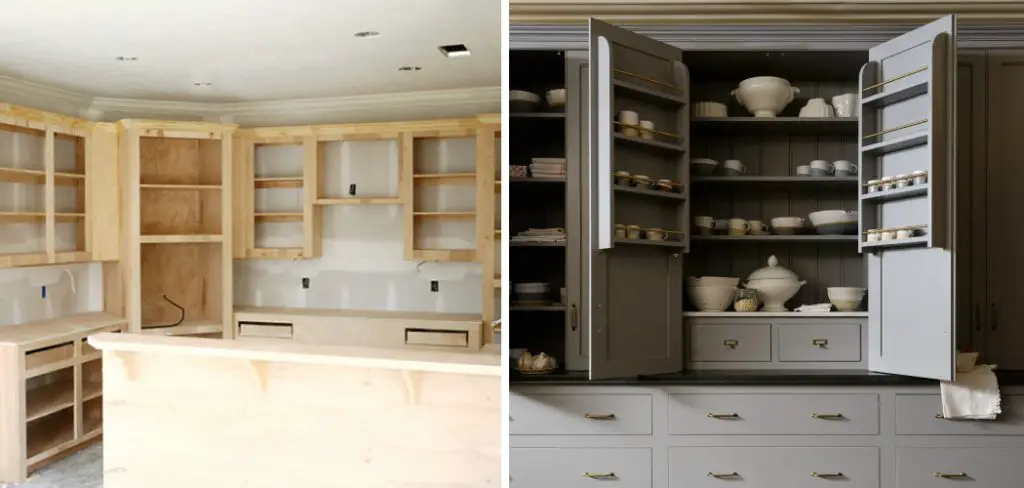
In this blog post, we will explore various ways to dispose of old cabinets in order to ensure not only that they are removed safely and responsibly but also that they don’t become an eyesore around your home.
We’ll look at the different types of disposal options available – from recycling and donation programs to hauling it away yourself – so you can make an informed decision about how to dispose of old cabinets. So if you’re ready to say goodbye to those outdated cabinets, read on for our expert-approved tips!
Why Do You Need to Dispose of Old Cabinets?
Before we dive into the different ways to dispose of old cabinets, let’s take a look at why it’s so important to do this in the first place.
1. Safety Precautions
First and foremost, safety is always a top priority when it comes to home renovation projects. When it comes to disposing of cabinets, that means taking them apart safely and making sure they’re free of nails and other sharp edges that could cause damage.
This is especially important if you plan to do any of the work yourself, as it can be dangerous when done improperly. For instance, when dismantling cabinets, you’ll need to use protective gear (like safety goggles) to prevent any injuries or accidents from happening.
2. Environmental Impact
On top of safety, it’s important to consider the environmental impact of disposing of old cabinets. Improperly disposing of these items can lead to harmful chemicals being released into the air and water, as well as long-term damage to land.
Fortunately, there are ways that you can responsibly dispose of your old cabinets in order to minimize your impact on the environment. But before we get into that, let’s take a look at the different types of disposal options available.
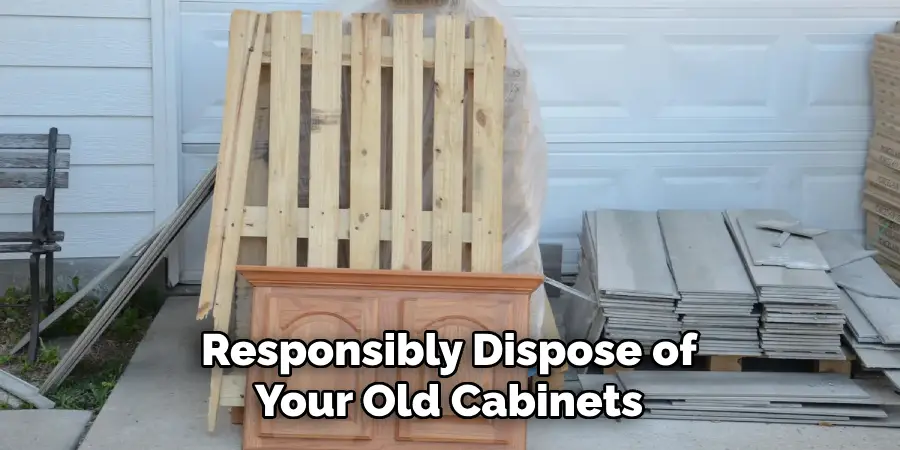
Required Items for Disposing of Old Cabinets
When it comes to disposing of cabinets, there are a few items that you should have on hand in order to do it safely and responsibly.
- Protective Gear
- Disposal Bags
- Disposal Containers
- Recycling Containers
- Hauling Equipment (if you plan to haul the cabinets away yourself)
Having these items on hand ahead of time will make the disposal process much smoother and easier.
10 Steps on How to Dispose of Old Cabinets
Now that we’ve covered why disposing of old cabinets is important let’s jump into the how. Here are 10 steps for responsible cabinet disposal:
Step 1: Gather Supplies
Gather all of the required items listed above (protective gear, disposal bags/containers, etc.). If you don’t have any of these items on hand, make sure to order/purchase them before you begin the process.
Step 2: Dismantle Cabinets
If necessary, carefully take apart the cabinets using protective gear and safety equipment. Be mindful of nails, screws, or other sharp edges while doing so. So whenever possible, use tools instead of your hands for extra safety.
Step 3: Separate the Wood and Metal Pieces
Once you’ve taken apart the cabinets, separate out any wood or metal pieces that were part of it. This will make it easier to dispose of them properly. Separate the wood and metal pieces into separate piles.
Step 4: Check for Recycling Opportunities
Now that you’ve separated out the different pieces, check to see if any of them can be recycled. Many cities have recycling programs specifically for wood or metal products, so make sure to research them if possible.
Step 5: Check for Donation Opportunities
Similar to recycling, there may be donation opportunities in your area. If you have any solid wood pieces that are still in good condition, consider donating them to a local charity or organization. This will help ensure they don’t go to waste and can be reused by someone else.
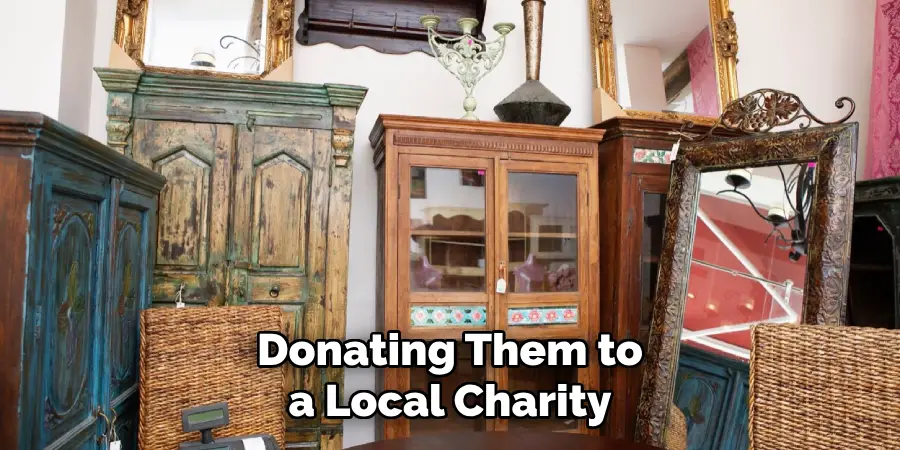
Step 6: Bag the Pieces
For items that are too old or damaged to be recycled or donated, bag them up in disposal bags. This will help keep everything neat and tidy while also preventing any messes from happening.
Step 7: Place the Bagged Pieces in Disposal Containers
Once you’ve bagged the pieces, put them into a disposal container. This will make it easier to transport them and keep them organized. Placing the items into a disposal container also prevents any messes or accidents from happening while you’re disposing of them.
Step 8: Check for Hauling Companies
If you’re unable to dispose of the cabinets yourself, look for hauling companies in your area that can do it for you. Some may offer pickup services or even provide assistance in breaking down the cabinets for disposal.
Step 9: Label Everything
Once you’ve placed all of the pieces into their respective containers (recycling, disposal, etc.), make sure to label each one so you know what they are and where they’re going. This will help make the process much smoother and easier.
Step 10: Transport the Containers
Finally, transport the containers to the appropriate disposal sites or hauling companies. This is typically done with a truck or other large vehicle. Make sure you have all of the necessary permits and documents required for transporting these items before leaving them at their destination.
Following these steps will help ensure that you dispose of your old cabinets responsibly and safely.
8 Safety Precautions to Take When Getting Rid of Old Cabinets
Disposing of old cabinets is often necessary but can be dangerous if not done properly. Whether you plan to do the job yourself or hire a professional, there are some safety precautions that should be taken when getting rid of old cabinets.
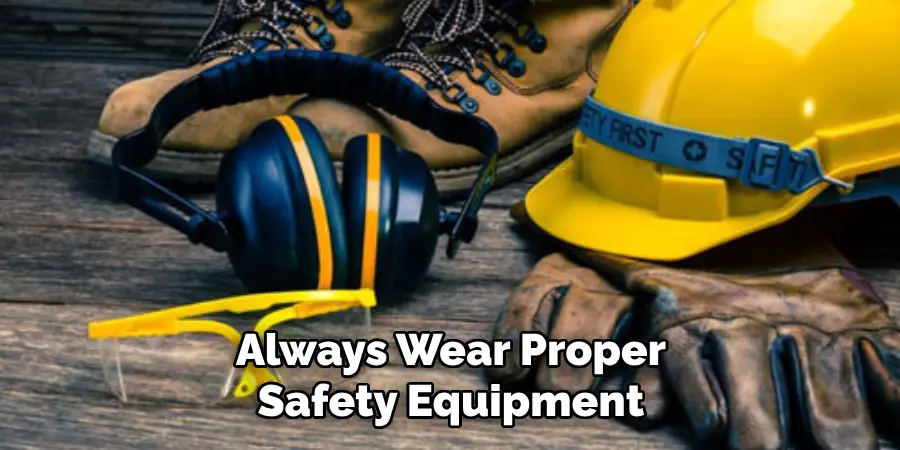
- Always wear proper safety equipment like gloves, goggles, and dust masks before starting any work. Proper safety equipment will protect you from splinters, dust, and other particles that may become airborne when dismantling the cabinets.
- Make sure the area is well-ventilated before starting any work. This includes opening windows and turning on fans to ensure adequate airflow in the room.
- Secure all loose parts and screws with tape to ensure they do not get lost or become a hazard when removing the cabinets.
- Dismantle the cabinets carefully, and make sure to keep any sharp edges away from your body. Try to avoid bending or twisting pieces of wood as this may cause them to break off or splinter, which can be dangerous.
- Work in pairs to ensure that the job is done safely and efficiently. One person should hold pieces of the cabinet as they are being taken apart while the other removes screws and other small parts.
- Dispose of all materials in a responsible manner by placing them in suitable containers or bags for safe disposal. Do not leave any debris behind when finished.
- Make sure all power tools are turned off and unplugged before disposing of the cabinets. This will ensure that no one is injured or electrocuted by a live wire.
- Have someone monitor the area when disposing of the cabinets to avoid any accidents or injuries.
Following these safety precautions will help make the job of disposing of old cabinets as safe and efficient as possible. It is important to remember that safety should always come first when dealing with any type of renovation project. Taking the time to think through the job beforehand can save a lot of headaches in the long run.
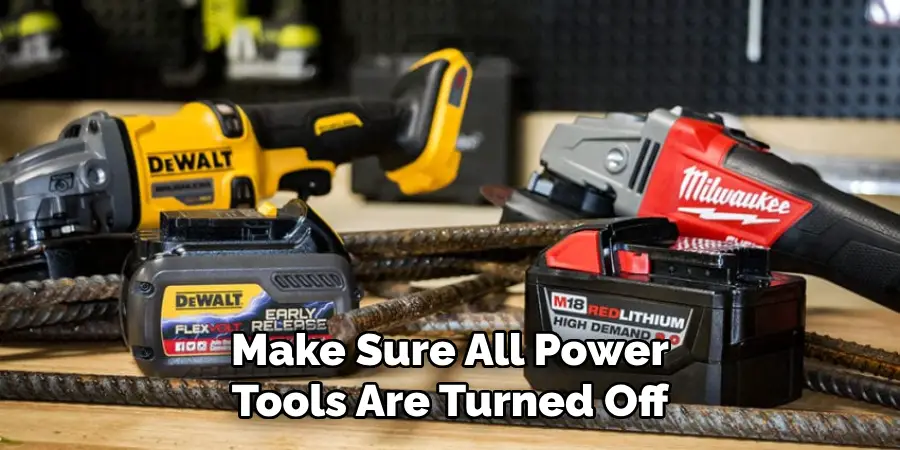
Frequently Asked Questions
How Long Does It Take?
Disposing of old cabinets will depend on the size and type of cabinet. Generally speaking, it is best to hire a professional who can remove the unit quickly and safely. If you do decide to take it apart yourself, it could take anywhere from one hour to all day, depending on the complexity of the project.
Where Can I Take Them?
When disposing of old cabinets, the best option is to take them to a recycling center or donation facility. Recycling centers will be able to repurpose the materials and components, while donation facilities may find someone who could benefit from the unit in its current state. It’s important to call ahead as not all locations accept large items like cabinets.
Conclusion
To conclude, disposing of old cabinets is not as difficult a task as it may seem. All it takes is a little time and effort to make sure that you are following your local regulations for disposing of old furniture.
Taking the time to properly dispose of your old cabinet can not only save you money in the long run, but it can also help protect the environment. So, if you’re thinking of throwing away an old cabinet, remember that there are smarter, more eco-friendly ways to do it!
Don’t forget to look into any local recycling or donation programs, as these will help you ensure that valuable resources won’t be wasted. In addition, by doing so you’ll be helping somebody in need and being part of something great! Disposing of old cabinets responsibly isn’t just an admirable thing to do – it’s a necessity for keeping our planet healthy and happy.
So don’t hesitate – go ahead and get rid of those cabinets the right way! Follow these simple steps on how to dispose of old cabinets and you’ll be well on your way to disposing of old cabinets responsibly.

